Anchorage Definition
Anchorage makes it possible to fight against and even beat the force of a load. In orthodontics, there are different ways to anchor teeth, and each one has its own pros and cons. When treating malocclusions, or bad bites, orthodontists often use the concept of “anchorage.”
Why Is Anchorage Important in Orthodontics?
Anchorage is used in orthodontic therapy, like braces, to control space and make sure that unwanted movement is minimized. When anchoring is taken away, treatment results get worse.
What is an Anchorage Retainer?
Anchoring retainers or temporary anchorage devices (TAD) are used by orthodontists to help move teeth into the correct position.


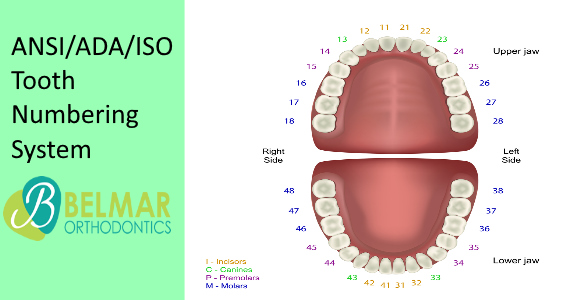
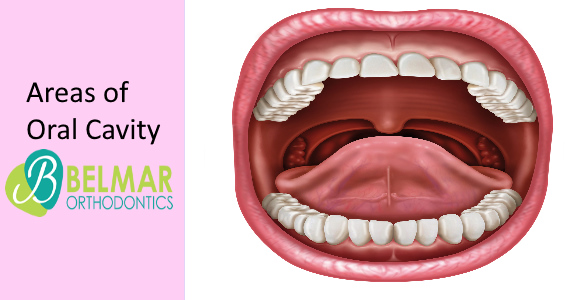
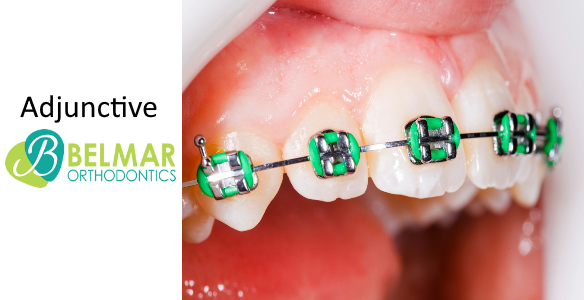
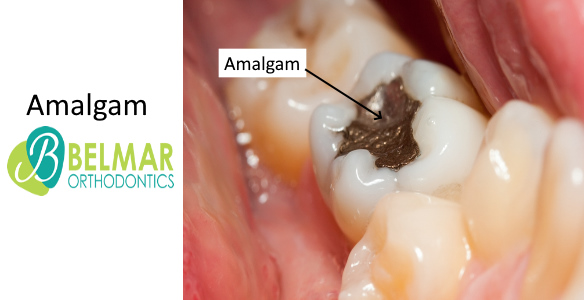
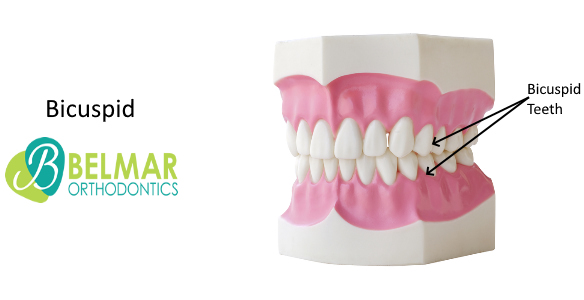
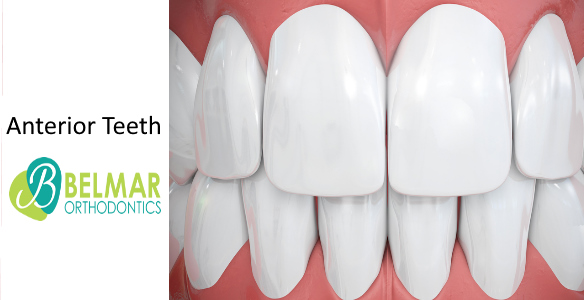
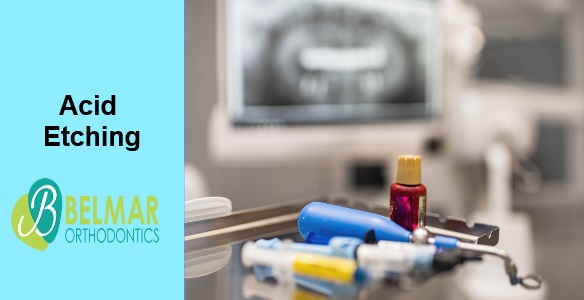

 Many want to achieve a straighter smile, but many don’t like the look of metal brackets and wires showing on their teeth and the discomfort that goes along with it. This is where Invisalign treatment is beneficial.
Many want to achieve a straighter smile, but many don’t like the look of metal brackets and wires showing on their teeth and the discomfort that goes along with it. This is where Invisalign treatment is beneficial.